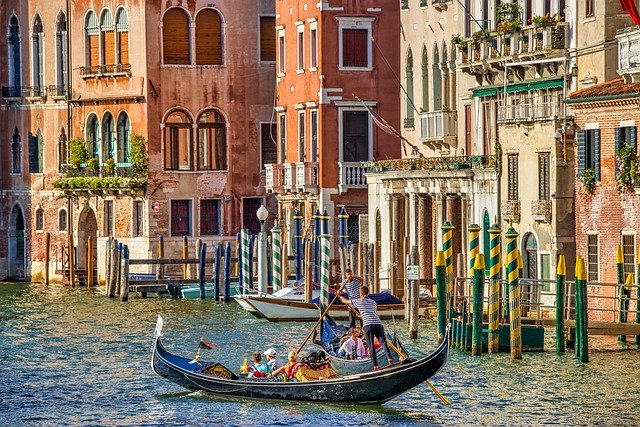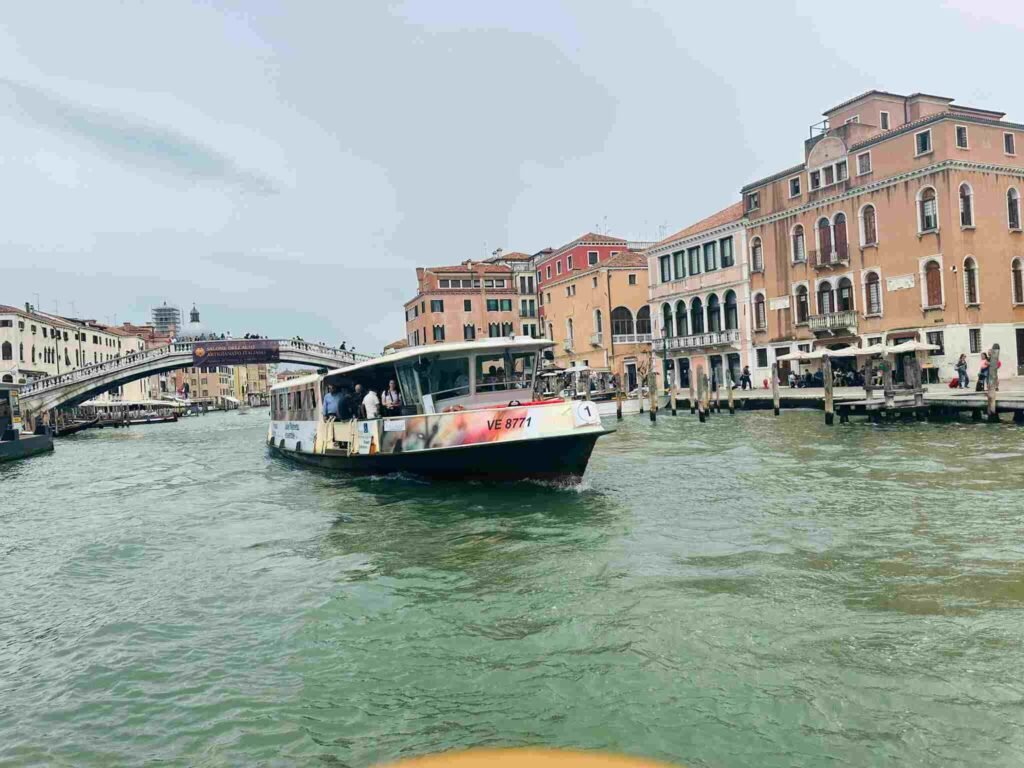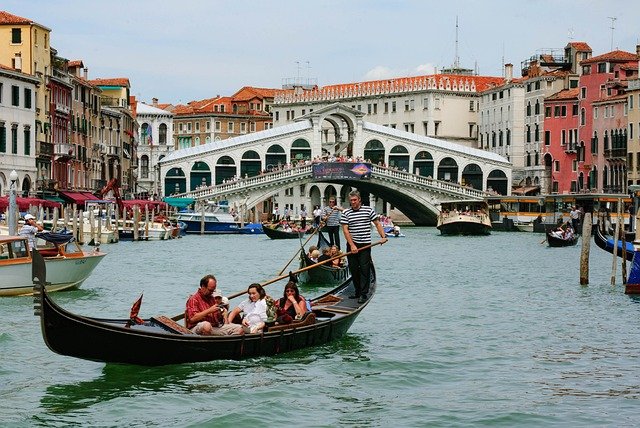Venice, often called the “Floating City,” is one of the most unique places in the world. Its canals, bridges, and historic architecture make it a wonder of human ingenuity. But how did Venice, a city surrounded by water, come to exist? Let’s dive into its fascinating history to understand how this masterpiece was built on water.
The Beginning: A City Born Out of Necessity
The story of Venice begins in the 5th century, during a time of chaos in the Roman Empire. Invading tribes like the Huns and Goths swept across Europe, causing destruction and fear. People living in northern Italy fled their towns and sought refuge in the nearby lagoon, a series of small islands surrounded by shallow water.
The lagoon offered a natural barrier against attackers. The water made it difficult for invaders to reach the islands, and the marshy terrain wasn’t suitable for large armies. Over time, these refugees began to build homes, creating the foundation for what would become Venice.
Building on Water: A Marvel of Engineering
Creating a city on water was no easy task. The ground in the lagoon was soft and unstable, making it impossible to build directly on it. So, how did they do it?
Driving Wooden Piles into the Mud – The Venetians used wooden piles, usually made from trees like oak or alder, to create a stable base. These piles were driven deep into the muddy lagoon floor. Despite being submerged, the wood didn’t rot because it was cut off from oxygen in the water. Instead, it hardened over time, creating a strong foundation.
Adding Stone Layers – Once the wooden piles were in place, the Venetians added layers of stone to further stabilize the structure. They often used Istrian stone, a type of limestone resistant to water and salt. This stone base provided a solid platform for building homes, churches, and other structures.
Connecting the Islands – Venice is made up of over 100 small islands. To create a functioning city, the Venetians built bridges to connect them. Today, Venice has more than 400 bridges, linking its neighborhoods and creating the maze-like city we know today.
The Rise of a Maritime Empire
Venice didn’t just survive—it thrived. By the 9th century, it became a major center of trade and commerce. Its location in the Adriatic Sea made it a gateway between Europe and the East. Venetian merchants traded goods like silk, spices, and precious metals, bringing wealth to the city.
With trade came power. Venice built a formidable navy to protect its interests and establish dominance over the sea. The city’s leaders, known as Doges, ruled with a combination of strategic diplomacy and military strength, turning Venice into a maritime empire.
Adapting to Challenges
Living in a city built on water came with its challenges. The Venetians faced threats from the sea, including floods and rising tides. To address these issues, they developed innovative solutions:
Canals for Drainage
The Venetians expanded their network of canals to manage water levels and prevent flooding. These canals also served as transportation routes, essential for moving people and goods.
Raising Streets and Buildings
Over the centuries, Venice has experienced periods of flooding, known as “acqua alta” (high water). To combat this, streets and buildings were raised using layers of sand and stone. This practice continues today, as Venice works to protect itself from rising sea levels.
Cultural and Architectural Splendor
As Venice grew in wealth and influence, it became a hub of art, culture, and architecture. The city’s unique environment inspired some of the most iconic structures in the world:
This stunning cathedral, built in the 11th century, is a masterpiece of Byzantine architecture. Its golden mosaics and intricate details reflect Venice’s role as a crossroads of cultures.
The Rialto Bridge
As one of Venice’s most famous landmarks, the Rialto Bridge symbolizes the city’s ingenuity. It has stood the test of time, connecting Venice’s commercial heart for centuries.
Palaces Along the Grand Canal
The Grand Canal, Venice’s main waterway, is lined with opulent palaces built by wealthy merchants and nobles. These buildings showcase Venetian Gothic, Renaissance, and Baroque styles, blending beauty with functionality.
Venice Today: Preserving a Fragile Treasure
Venice remains a marvel, but it faces significant challenges. Rising sea levels and climate change threaten its existence. The city has implemented projects like MOSE, a system of movable barriers designed to protect against flooding. However, preserving Venice requires ongoing effort and international support.
Tourism, while vital to the economy, also puts pressure on the city’s infrastructure. Millions of visitors come to Venice each year, drawn by its beauty and history. Efforts are being made to balance tourism with sustainability, ensuring that Venice remains a vibrant city for generations to come.
Why Venice Captures the Imagination
Venice’s story is one of resilience, creativity, and adaptation. From its humble beginnings as a refuge for displaced people to its rise as a powerful maritime republic, Venice has always found ways to thrive. Its canals, architecture, and traditions make it a place like no other.
For anyone who visits, Venice offers more than just stunning views. It’s a living reminder of what humanity can achieve, even in the most challenging conditions. Understanding how Venice was built on water adds to its magic, making every gondola ride or stroll along its canals feel like a step back in time.
A City Like No Other
Venice is not just a city—it’s a testament to human ingenuity and determination. Its history, culture, and beauty continue to captivate the world. By learning about its origins and challenges, we gain a deeper appreciation for this incredible place.
So, the next time you find yourself wandering through Venice’s winding streets or gliding along its canals, take a moment to reflect on the ingenuity that built this city. Venice is more than a destination; it’s a story of triumph against the odds, and it’s one we can all be inspired by.



